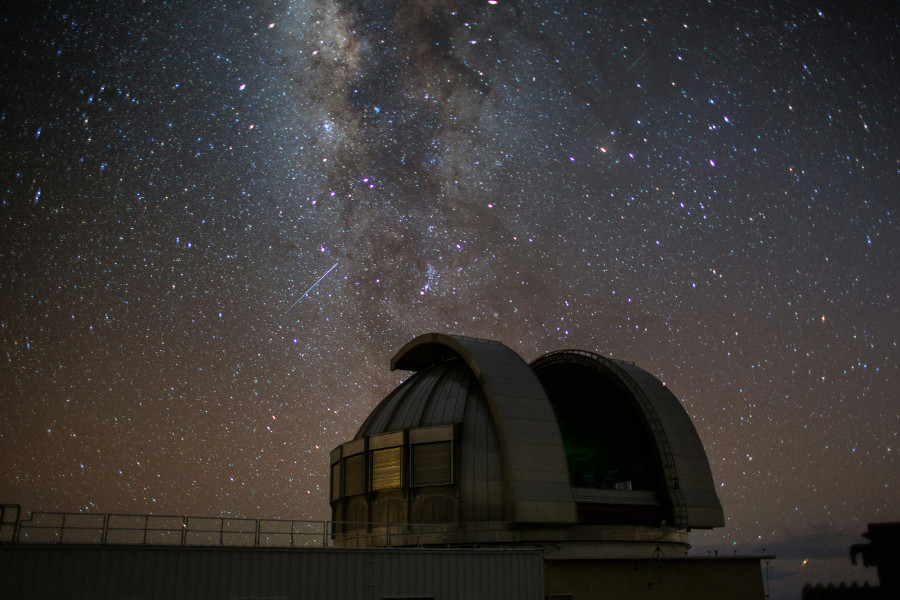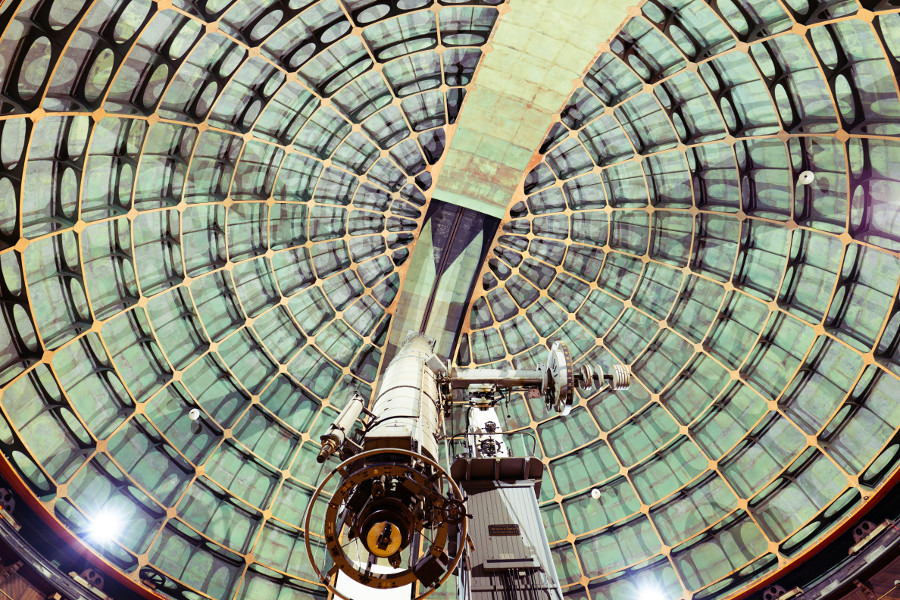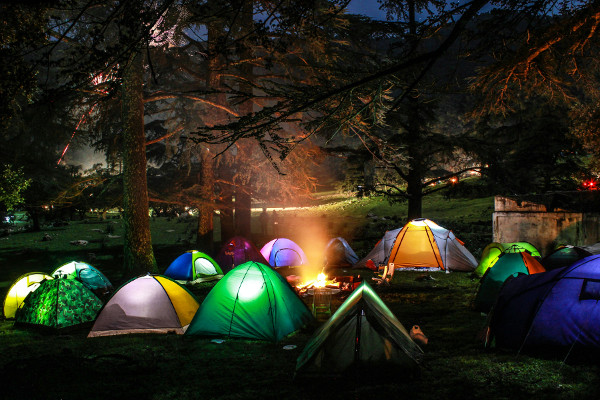How to Make the Most of Visiting a Planetarium: A Journey Into the Stars
Visiting a planetarium offers a rare chance to step away from the rush of everyday life and immerse yourself in the quiet wonder of the cosmos. It’s a space where science meets imagination, inviting you to slow down and gaze into the mysteries of space and time. Whether you’re planning your first visit or returning for a deeper exploration, understanding what to expect and how to prepare can make your experience all the more meaningful and unforgettable.

What can I expect when visiting a planetarium?
Visiting a planetarium is a quiet return to something much older than ourselves. It’s a journey into the stars, not by spaceship, but from the comfort of a dark, domed room where the universe unfolds above you. As humans, we’ve always looked up at the night sky with wonder, searching for meaning in constellations and planets. That curiosity hasn’t left us. Inside a planetarium, you're surrounded by a digital cosmos, gently guided through the mysteries of space and time. You sit, you look up, and the world you know fades for a moment. It’s not about being overwhelmed by science – it’s about reconnecting with the awe that makes science beautiful. You walk out changed, not because you’ve traveled far, but because you've briefly remembered just how vast and mysterious everything truly is.
How much does it cost to visit a planetarium?
Planetariums, like stars, are scattered across cities and countries, and the cost of visiting one is often surprisingly gentle on the wallet. For something so grand – watching galaxies swirl and planets align – it’s usually a modest ticket. Prices can vary, of course. In smaller places, a few dollars might be enough. In larger centers or high-tech domes, you might pay closer to twenty. But compared to most modern forms of entertainment, it’s affordable. Discounts are common, especially for children, students, or families, and many planetariums offer free or low-cost days to make the universe more accessible. It's comforting to know that even in a world where so much feels out of reach, there are still places where wonder is within financial grasp. Looking up shouldn’t be a luxury, and often, it isn’t.
What are the best planetariums in the world to visit?
There are places in the world where the stars come closer – not in the sky, but under domes where imagination and technology meet. The Hayden Planetarium in New York, nestled within the Museum of Natural History, is perhaps the most iconic. In Chicago, the Adler Planetarium invites visitors to sail through cosmic tides beside Lake Michigan. In Japan, the Nagoya City Science Museum houses one of the largest domes in the world, a gentle giant for stargazers. Across the globe, in Shanghai, a vast, futuristic astronomy museum brings the skies to life. And in San Francisco, the Morrison Planetarium offers an experience so immersive you almost forget you're on Earth. These aren’t just buildings; they are temples of curiosity, places where you are reminded of your small but significant place in the universe.
Here are a few useful links:
-
International Planetarium Society (IPS)
https://www.ips-planetarium.org -
British Association of Planetaria (BAP)
https://www.planetaria.org.uk -
Planetariums As A Hobby Forum
https://planetariumsasahobby.freeforums.net
How long does a typical planetarium show last?
A planetarium show doesn’t last long in minutes – but it can linger in the heart much longer. Most shows span around half an hour to an hour, just enough time to leave Earth behind without ever leaving your seat. These are not action-packed thrill rides. They are quiet, immersive journeys that invite you to slow down, listen, and look up. Some are narrated, gently walking you through star fields and distant planets, while others let the visuals do most of the talking. It’s a kind of time out from the noise of daily life, wrapped in darkness and soft projection light. Whether short or a little longer, a planetarium show allows you to pause, to wonder, and to remember that even in a world of instant gratification, there is joy in the slow unfolding of the cosmos.

Are planetarium shows suitable for children?
Children and the stars have something in common: both burn bright with curiosity. Planetariums recognize this and often shape their programs to spark wonder in young minds. Many shows are created specifically with children in mind, using colorful visuals, gentle storytelling, and familiar characters to guide them through space. It’s not about lecturing – it’s about igniting the joy of asking questions. Why is the sky dark at night? What makes the moon shine? Can we really walk on Mars? These are the kinds of questions that planetarium shows welcome. Of course, every child is different, and some may find the darkness or quiet atmosphere a bit intense. But with a bit of preparation, most children find it magical. After all, there’s something timeless about a child looking up at the stars.
What should I bring when visiting a planetarium?
You don’t need much to explore the stars. A comfortable outfit, a bit of curiosity, and a willingness to slow down are more than enough. Planetariums are indoor spaces, often climate-controlled, so there’s no need for weather gear. Food and drinks usually aren’t allowed inside, so a light snack beforehand is a good idea – especially if you're visiting with little ones. If you’re the kind who likes to take notes or remember what you learned, a small notebook or phone (on silent) can be helpful. But mostly, it’s about what you leave behind: distractions, deadlines, and the fast pace of everyday life. A planetarium is a space where you can just be, in quiet awe of the stars above. Bring yourself, and the cosmos will do the rest.
Are food and drinks allowed inside the planetarium?
The planetarium dome is like a sacred space – not for worship, but for wonder. Because of that, most places ask visitors to leave their snacks and drinks outside the theater. It’s not just about cleanliness, though that matters too. It’s about respect for the environment you're stepping into. The dark, quiet atmosphere is part of the experience, and even the sound of a wrapper or a sip from a bottle can break the spell. Many planetariums have cafés or designated eating areas where you’re free to refuel before or after the show. And some may make exceptions for water or specific needs, especially for young children. But once you’re inside the dome, it’s best to simply sit back, relax, and let the stars speak. They require no accompaniment – just attention.
Is photography allowed inside a planetarium?
We live in a world where capturing every moment is almost second nature. But inside a planetarium, it’s often better to simply watch and remember. Most venues don’t allow photography during shows, and for good reason. The theater is dark, and any light from a phone or flash disrupts the delicate visual environment. It pulls others out of the moment – and pulls you out, too. That said, photography is usually welcome in the lobby or exhibition areas, where interactive displays and art installations invite exploration. Some planetariums even have dedicated photo moments before the show starts. But during the main event, the best thing you can do is put the phone away and let your senses do the recording. Some memories are meant to be felt, not filtered.

Are there educational programs or workshops at planetariums?
Planetariums aren’t just about sitting and watching – they’re about doing, learning, and exploring. Many of them offer a rich variety of educational programs that turn visitors into active participants. Whether it's a school trip, a weekend family workshop, or a late-night science talk, the goal is the same: to make space more accessible, more relatable. You might learn to build a model rocket, trace constellations, or hear from real astronomers about what’s happening in the night sky right now. These programs bridge the gap between curiosity and understanding, making complex topics feel personal. Some planetariums also go beyond their walls, offering virtual experiences or community outreach. It’s not just about stars – it’s about connection. Because once we understand what’s out there, we start to see it in a new way – and maybe even see ourselves differently too.
Can I visit a planetarium during bad weather?
The beauty of a planetarium is that it brings the night sky indoors. Rain, snow, or heavy clouds won’t cancel your journey to the stars. In fact, gloomy days can be the perfect time to visit. While telescopes rely on clear skies, planetariums use projection and sound to simulate what you’d see on the clearest of nights. So even if the world outside feels grey and uninviting, inside the dome you’ll find galaxies blooming and stars shining bright. Of course, extreme weather – like storms or power outages – might lead to delays or temporary closures, so it’s always wise to check ahead. But for most weather-related worries, planetariums remain open, warm, and ready to welcome anyone looking for a moment of wonder. Even when the real sky hides itself, the stars inside are always waiting.
Are planetariums wheelchair accessible?
In a place built for exploring the infinite, it’s only right that everyone should feel welcome. Most modern planetariums are thoughtfully designed with accessibility in mind. Ramps, elevators, wide doorways, and designated seating make it easier for wheelchair users to navigate both the exhibits and the theater. Some offer hearing assistance devices, visual guides, or sensory-friendly shows tailored to those with different needs. The goal is simple: to make sure the stars are available to all, not just to some. If you or someone you're visiting with has specific requirements, calling ahead can make the experience smoother. But rest assured – planetariums are spaces that embrace diversity. In a universe filled with countless stars and endless variation, every visitor matters, and every journey into the cosmos should be an open one.
Do planetariums offer special events or themed shows?
The night sky is never static, and neither are the programs at a good planetarium. Throughout the year, many planetariums curate special events and themed shows to celebrate the changing cosmos. Around lunar eclipses, meteor showers, or anniversaries of space missions, the shows often take on a fresh narrative, offering a chance to experience something unique. There are also seasonal spectacles – light displays at winter holidays, spooky stories for Halloween, or romantic cosmic tales for Valentine’s Day. Some blend science with music or art, creating multimedia experiences that stir both mind and soul. These special programs invite visitors to return again and again, each time discovering something new in the familiar stars above. The universe changes, and so do the stories we tell about it.
Have fun exploring the sky.



